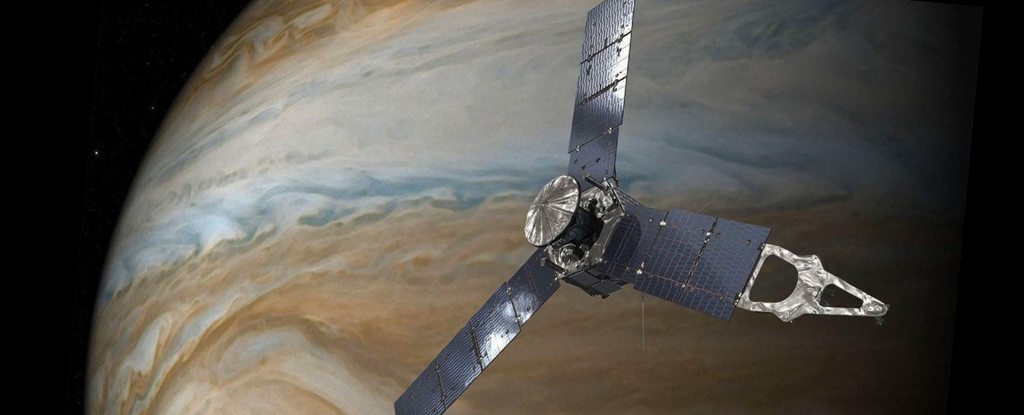Astronomers have detected a potential rendezvous opportunity with an interstellar comet, known as 3I/ATLAS (C/2025 N1 ATLAS), using NASA’s Juno probe. The discovery was made by the Asteroid Terrestrial-impact Last Alert System (ATLAS) in Rio Hurtado on July 1, 2025. This marks a significant moment in astronomical research, as it could allow scientists to closely study one of the rare interstellar objects (ISOs) that pass through our Solar System.
Following the initial observations of ‘Oumuamua in 2017 and the interstellar comet 2I/Borisov in 2019, 3I/ATLAS represents the third ISO recorded. The arrival of this comet has ignited scientific interest, leading to proposals for missions aimed at intercepting future ISOs. Notably, a recent study led by Prof. Abraham Loeb from Harvard University suggests that Juno could be redirected to observe 3I/ATLAS as it approaches Jupiter on March 16, 2026.
Prof. Loeb, the Frank B. Baird Jr. Professor of Science at Harvard and Director of the Institute for Theory and Computation, collaborated with scientists Adam Hibberd and Adam Crowl, both affiliated with the UK-based Initiative for Interstellar Studies. Their analysis, currently under review for publication in The Astrophysical Journal Letters, indicates that Juno might alter its trajectory to intercept the comet.
The Juno probe, which has been studying Jupiter since its launch in 2011, could provide invaluable data about 3I/ATLAS. According to Loeb’s calculations, applying a thrust of 2.675 kilometers per second on September 14, 2025, could allow Juno to shift its orbit and meet the comet during its closest approach to Jupiter. This maneuver would enable scientists to observe the object up close, shedding light on its composition and origins.
3I/ATLAS is estimated to have a diameter of approximately 20 kilometers, based on its brightness. The study suggests that this comet may have originated from outside our Solar System, potentially carrying insights into the conditions present in other star systems. The findings also raise intriguing questions about the possibility of 3I/ATLAS being an artificial object, similar to the theories proposed regarding ‘Oumuamua.
As the Juno probe prepares for this unprecedented opportunity, it will utilize its suite of scientific instruments, including a near-infrared spectrometer and a visible light camera, to gather data on the comet. This could help answer significant questions regarding its makeup and the environmental conditions that shaped it.
Prof. Loeb emphasizes the importance of considering whether ISOs like 3I/ATLAS might represent technological artifacts, stating that exploring this hypothesis could lead to profound implications for humanity. As he noted, the consequences of confirming such a theory could necessitate defensive measures, although he acknowledges that the idea remains speculative.
Despite the excitement surrounding the potential encounter, recent observations from the Hubble Space Telescope have raised questions about the true nature of 3I/ATLAS. Estimates suggest that its nucleus may be significantly smaller than initially thought, with a radius of less than 2.8 kilometers. The true characteristics of this interstellar visitor may become clearer as it approaches the Sun, where it will begin to release gases.
Regardless of the outcome, the mission presents a unique opportunity to explore the cosmos and deepen our understanding of the universe beyond our Solar System. As scientists eagerly await the close encounter, the potential insights gained from Juno’s observations promise to be both fascinating and groundbreaking.





























































